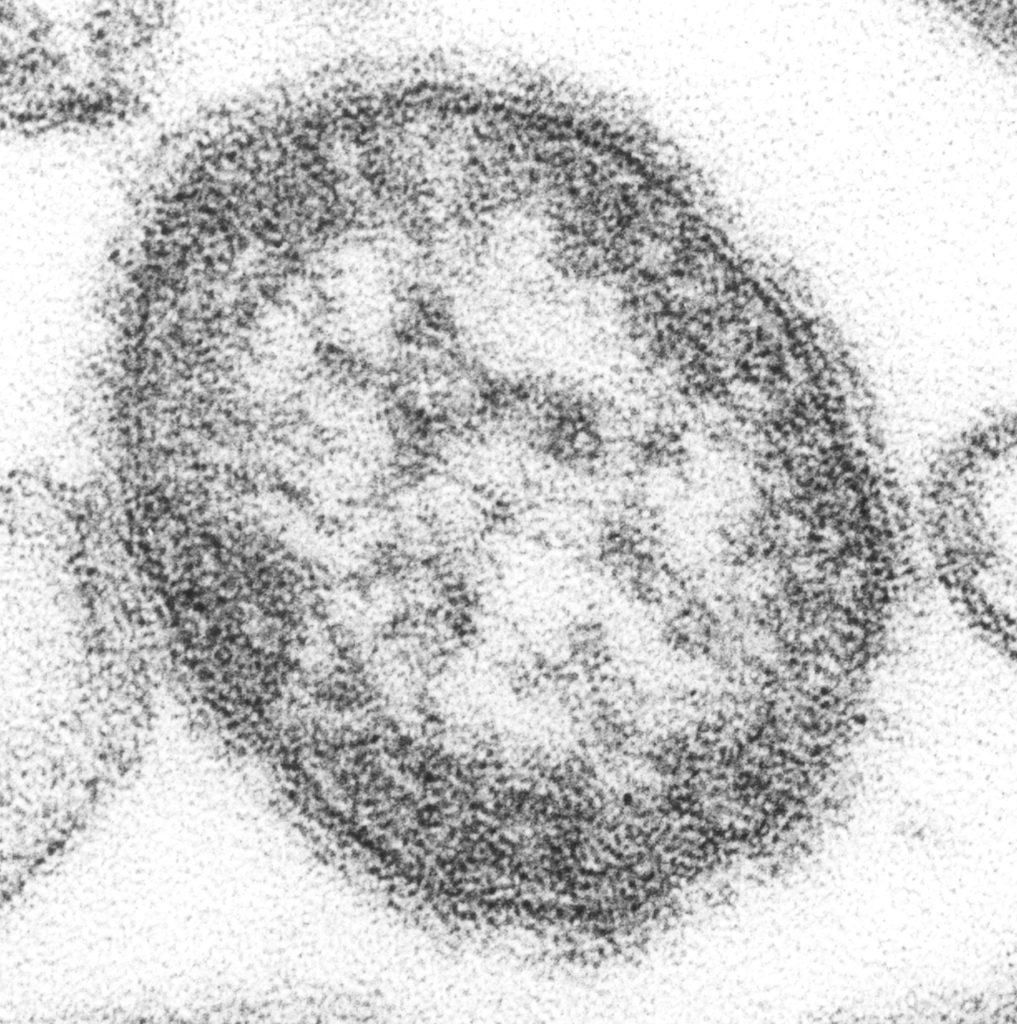Cancer is one of the greatest challenges of our time. A common misconception about cancer is that it is one disease. There are hundreds of unique types of cancers that all require different treatment strategies. This diversity in cancer types is one reason curing cancer is so difficult. The advances in medicine over the last 50 years have been astounding, but still have not been able to outpace the suffering of cancers’ victims. However, cancer treatment has recently found an unlikely ally – viruses. A recent paper in the journal PLOS Pathogens reviews the developments in leveraging viruses as weapons against cancer.
A virus is a pathogen, which means it is a disease-causing agent. Scientists debate over whether or not a virus is alive — it consists only of some protein and some DNA (or RNA). They are very simple, yet possess alarming abilities. They are able to take over the machinery of the sick person’s cells (commonly referred to as a host) and use it to keep making copies of itself. Eventually, the cell becomes full of viruses and bursts, allowing the viruses to move on to other cells and continue the process.
Viruses actually copy, or replicate, themselves better in cancer cells than they do in healthy cells. This means they can be used as a way to target cancer cells for destruction, while sparing the healthy ones. Doctors observed over 50 years ago that when patients with immune system cancers such as lymphoma or leukemia developed secondary viral infections like hepatitis, measles, or chickenpox, their tumors would shrink. However, the technique was not perfect since at times, intentionally infecting patients with viruses would make the patient ill from the viral disease. It is clear that research in this area is needed to refine the process and protect patient safety.
In modern times, researchers no longer need to test risky treatments in real patients. Scientists use a technique called cell culture, in which they grow living cells in a Petri Dish and then infect those cells with the virus to see how the cells respond. This is precisely the technique the researchers used to choose the best virus for each different type of cancer. Researchers are able to use techniques like cell culture to grow cancer cells in the lab and attempt to infect them with viruses without involving a human body at all.
Cell culture has not solved every challenge, unfortunately. Using cell culture to ensure the cancer cells get eradicated, doesn’t do well to ensure that a human’s regular body cells would remain intact and healthy. Researchers need to be able to figure out how much of the virus it takes to treat the cancer, without going over a limit that can harm the patient. Therefore, to ensure the patient doesn’t become sickened by the disease, scientists and doctors need a way to measure the amount of virus already existing in the patient’s body. Some viruses, like the measles, make this measurement easier by releasing chemicals into the bloodstream, which can be measured with a simple blood draw. This blood can be analysed, and the spread and abundance of the chemicals will coincide with the patient’s viral load. Most of the viruses used to treat the cancers have been far too expensive to mass produce. The viral dose for cancer treatment is higher than what is required for use in vaccines. Nevertheless, the measles virus successfully put one multiple myeloma patient in remission for 3 years and counting!
But, guess what? The challenges do not stop there. Measles immunity, which is essential in the population for preventing the measles infections is also transferred to cancer cells. Meaning, if you are immune to the measles, your cancer will be too. Researchers have found ways to modify the virus so that the patient’s immune system does not recognize it. However, these engineered viruses are typically avoided in the scientific community because they require extra safety precautions to avoid the spread of resistant super-infections.
All this talk of immunity may leave you wondering – why doesn’t the body’s immune system just kill the cancer cells? The medical research community has observed that there are other processes in the body preventing your cancer fighting processes from acting at their full potential. Drugs have been developed to hinder these processes which allows your body’s natural cancer fighting to strengthen. Combining the drugs with virus treatment may improve the effectiveness of the viruses without requiring genetically engineering resistant ones which could danger society.
The authors of the review propose that yes, it is possible to use viruses to treat cancer using this method. Some combinations of drugs and viruses have already been approved for certain cancer types. They also emphasize that development of these techniques is slow and methodical, as science tends to be. Despite this, using viruses as a weapon against cancer cells is an exciting development and gives hope that we will someday be able to eradicate these devastating illnesses.


